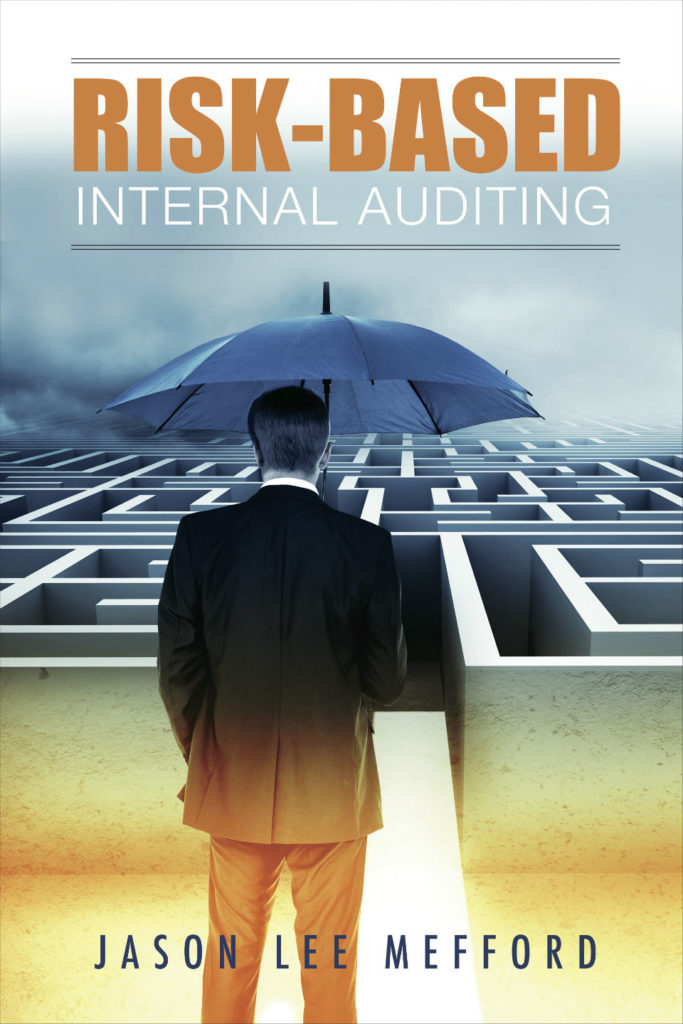This simple and easy-to-read guide will show you how to align the annual audit plan, and corresponding audit projects and efforts, with the objectives of the organization. This book provides answers and practical how-to information to help internal audit activities take that next step in their evolution to being risk-based internal audit profession. It is a must read for any internal auditor.
In this Book You Will Discover…
Risk-Based Internal Audit Framework
Learn the steps in The Risk-Based Internal Audit Framework (only available in this book), so you can follow a risk-based audit approach in your organization.
Transform Your Internal Audit Function
How to transform your internal audit activity to a truly risk-based function that adds value and helps the organization meet its objectives.
Risk-Based Internal Audit Plan
How to develop a risk-based internal audit plan for your organization considering the key objectives of the organization.
Risk Management Basics
Gain an understanding of risk management concepts and principles in an easy-to-understand format, regardless of your familiarity with the concepts.

ABOUT THE BOOK
Internal auditors are told they need to develop a risk-based audit plan, but many internal audit activities simply risk rank their audit universe and believe that is risk-based auditing. Another common mistake is to identify risks to audit without ever determining if they are relevant to the organization’s objectives.
Risk-based internal auditing is really about aligning the annual audit plan, and corresponding audit projects and efforts, with the objectives of the organization. This book takes a unique approach to risk-based auditing by incorporating risk management and internal audit concepts to create a new Risk-Based Internal Audit Framework, while still being consistent with internal auditing standards.
The risk-based internal auditing framework shows how internal audit activities can consider the key objectives of their organizations, the strategies utilized to meet those objectives, and what major threats, and corresponding risks, cause uncertainty about whether the organization can meet those objectives. This is the basis of risk-based internal auditing.
The risk-based internal auditing framework includes seven related components: Understand, Identify, Assess, Plan, Perform, Report, and Monitor. The main focus of this book is to explain how to approach the Understand, Identify and Assess components of the framework in an innovative way, improving the overall value internal audit can provide to its organization, instead of testing the same internal controls over and over again.
The principles outlined in this book are applicable to all internal audit activities, regardless of geographic location, industry, or type of organization. They can be used in the private or public sector, for profit or non-profit, large or small organizations. The concepts in this book can be used to improve the audit quality in any organization and ensure the internal audit activity is adding value by focusing on helping the organization meet its objectives, not just adding and testing internal controls. It helps the internal audit activity provide much better assurance on what the governance group and management is really concerned about – meeting the organization’s objectives.
This book provides answers and practical how-to information to help internal audit activities take that next step in the evolution of the internal audit profession. It is a must read for any internal auditor.
